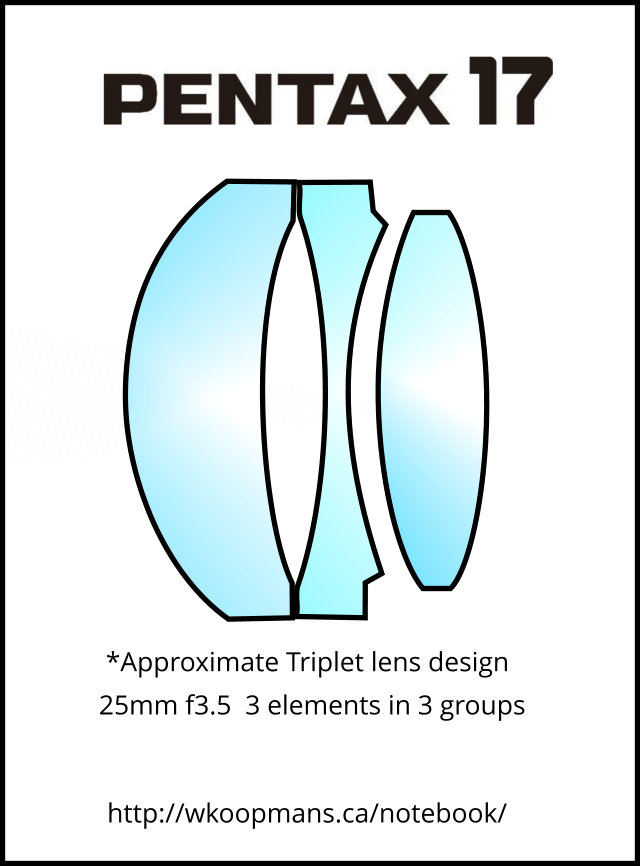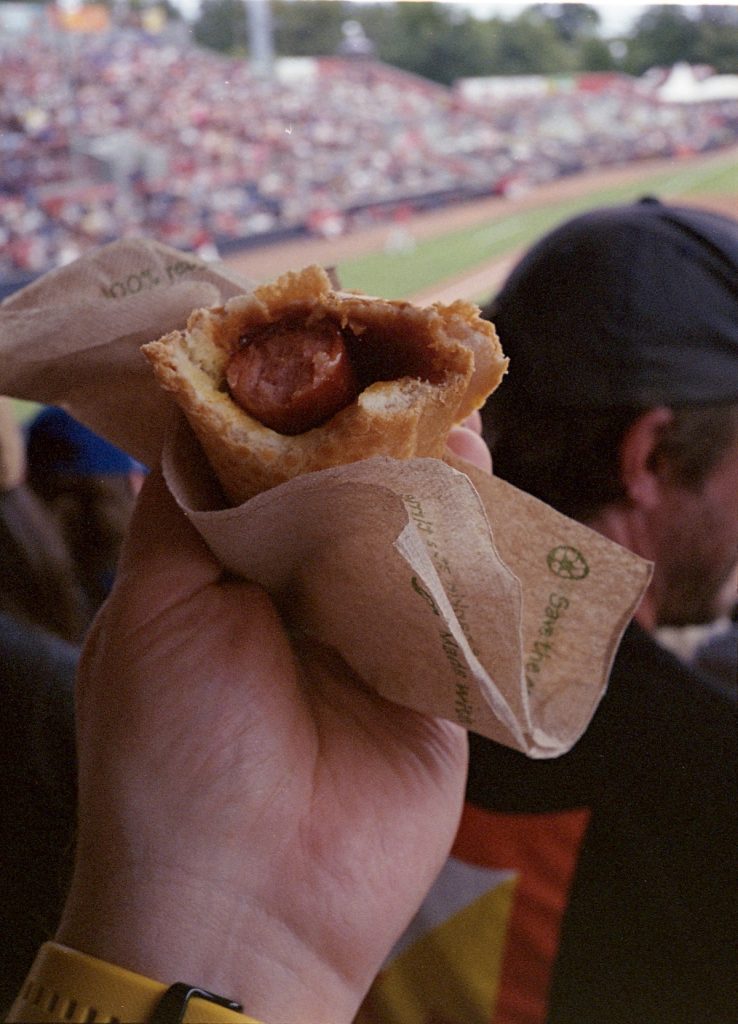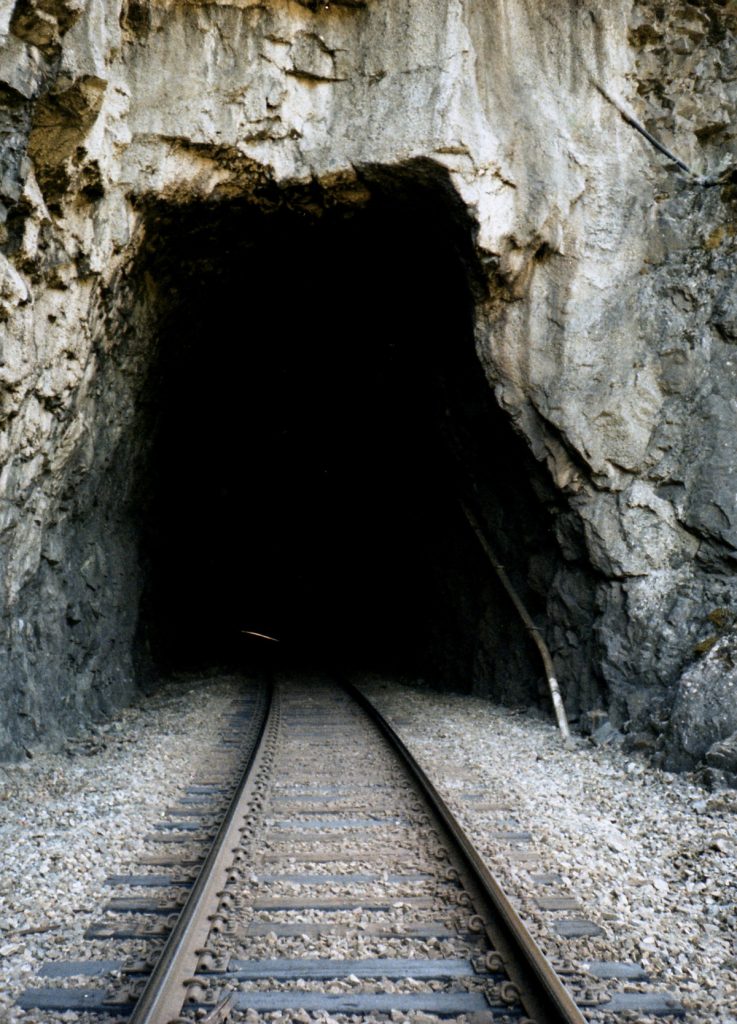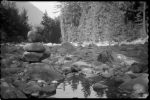Pentax 17 after three months

I’ve had my Pentax 17 three months now and have shot 12 rolls of film or about 850 images. (Typically I’m getting about 56 pictures out of a 24 roll of film and 75 out of a 36 roll) Announced on June 19 I placed my order sight unseen and prior to seeing any reviews. (I mention this to reveal my bias towards Pentax and a new film camera) I had the camera in hand by June 26 thanks to my local camera store Kerrisdale cameras. I will spare the reader all the descriptions of what a half frame camera is and the aesthetic of the camera design because there is plenty of information out there already. What I will talk about is the cameras use cases what it does well and where it could be better.
Before getting into the specifics I will say up front in my opinion the Pentax 17 is best suited to everyday photography capturing the essence of a place or event. The same type of use that smart phones now embody in the digital photography realm. What it isn’t is a completely flexible tool that you can use to create any image you can imagine. For that an SLR system with manual controls and a suite of lenses is better. That last bit is true of any film point and shoot camera and I think the 17 does better than almost any other at expanding what can be done with similar cameras.
Where the Pentax 17 separates itself from existing film point and shoots is with some of the small details. The manual setting of ISO from 50 to 3200 with exposure compensation of +-2 allows for shooting film of ISO 12-12800 all while using the metering system. Most comparable later film cameras use DX coding, reading the value off the film canister and typically not allowing for compensation. This becomes really important for expired and experimental films. Expired colour negative films lose sensitivity with age and the results can often be improved with extra exposure. This can be accomplished by setting the ISO to a lower value than the film originally called for or by adding positive compensation. With experimental or self loaded films the DX coding may not even be an option rendering many other cameras blind to what the best ISO setting is for the film resulting in incorrect exposure. I bring this up first because for some this could be justification enough for this camera.

I think the next item on the features benefits scale is actually the focus system or lack of it depending on your feelings on the matter. Personally I prefer manual focus in all but the most sophisticated modern cameras. Many existing film point and shoots have pretty basic auto focusing that can be easily tripped up by off center subjects or glass and reflective surfaces. To compensate for this some have the ability to override this and set a zone such as infinity or portrait. The thing is with the Pentax 17 being naturally a zone focus camera it’s indifferent to where in the frame the subject is or if your shooting through glass, I do that more often than you’d think.

It’s up to the photographer to essentially tell the camera what in front of it is the thing to be in the sharpest focus. You want some blurry out of focus leaves in the foreground of a landscape image, no problem set the focus to infinity. You want the opposite just set the focus to a close zone that matches the subject distance.

There are some further abilities and nuances that come up when talking about the mode dial but I don’t want to get stuck too deep in the minutia yet. Also I need to mention the range of zones available. While not infinitely adjustable between minimum and infinity focus the 17 provides 5 focus zones in addition to infinity .25,.50,1.2,1.7,3m. Or if you prefer 0.82,1.7,4,5.6,10feet represented in the viewfinder by icons. 25cm is extremely close for a point and shoot and you need to use the inner frame lines in the viewfinder to compensate for the parallax.
Yes you need to pay attention to where the focus is set and no the camera provides no help in the matter. It’s hard to make such definitive statement like that though because the camera does blink a little blue LED at you when you’ve set the focus to the two closest zones just in case that’s not what you intended. But generally focus is up to the photographer and based on experience and guessing. Except if you use the wrist strap to measure to a subject for the 25cm distance, see what I mean! And yes they did that intentionally.

The lens on the Pentax 17 has a focal length of 25mm which due the camera being half frame provides an angle of view of about 61degrees. This is the equivalent of 37mm on a full 35mm frame. A nice compromise between wide and normal focal lengths. The maximum aperture is f3.5 not stellar for a fixed focal length lens but not an uncommon speed for a lens of this design.

What’s left to talk about? Let’s see the mode dials, the flash, the viewfinder, the exposure system, the filter thread, the remote shutter port…At this point I think I will stop writing for this post because I’m realizing there is a lot more to cover and I didn’t intend to write an entire book maybe just a chapter. More to come in the future. For now here are a few images from my first few rolls.










































